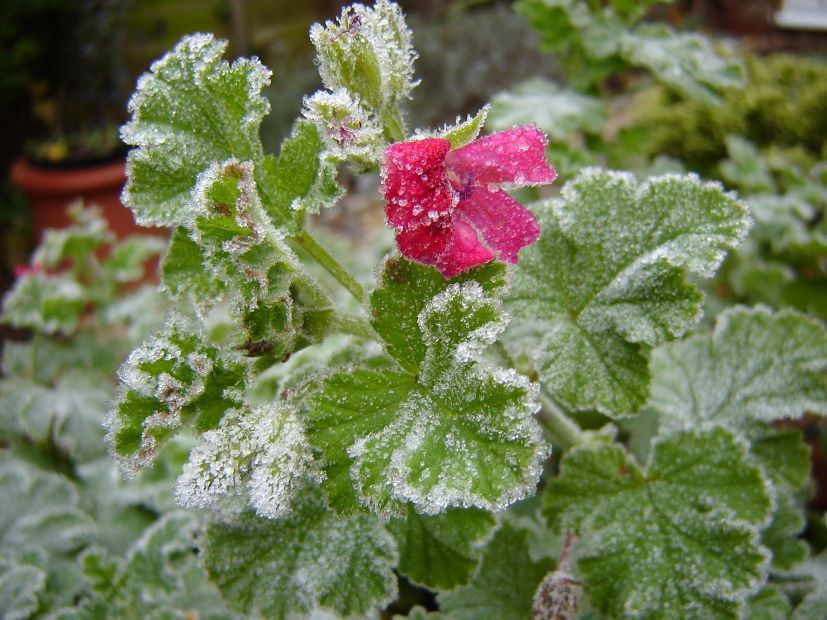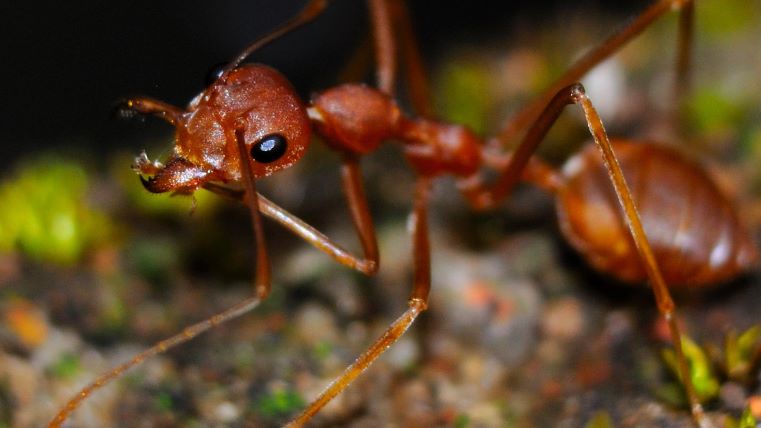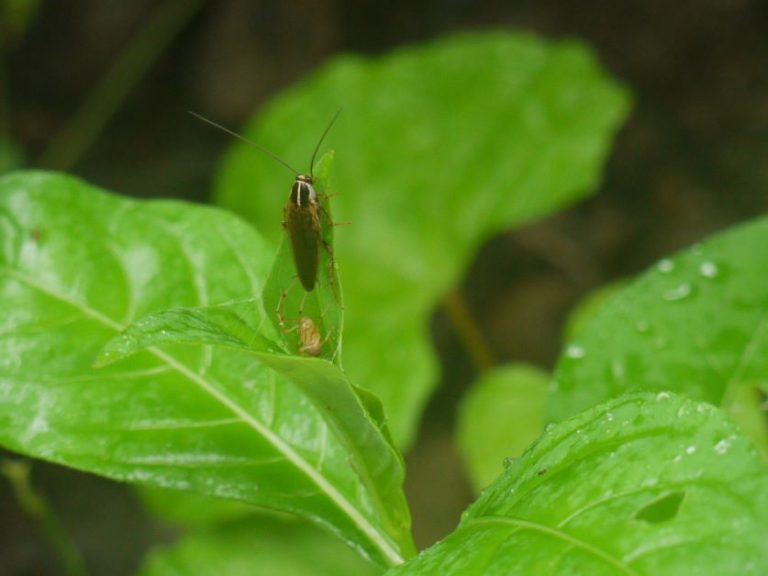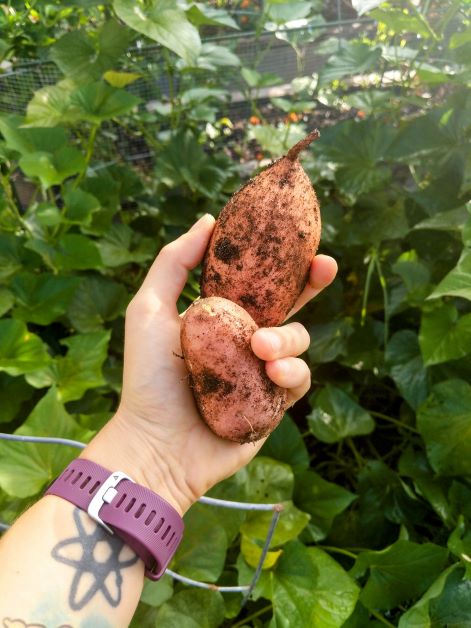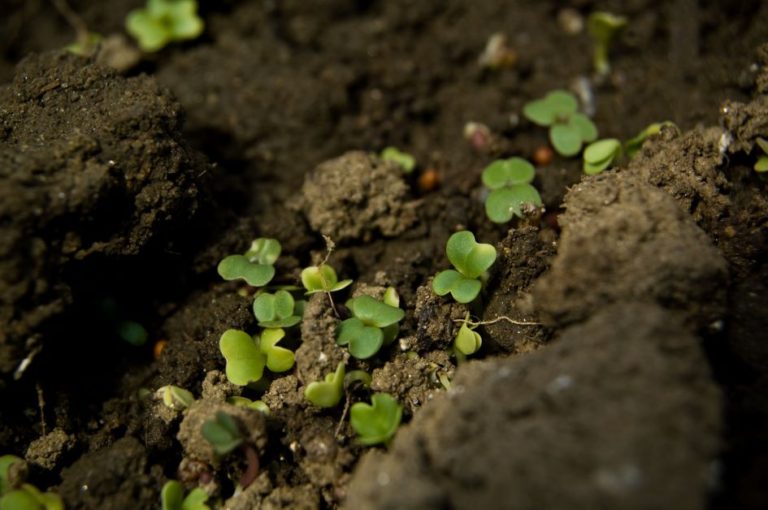7 Ways to Frost Protect Plants in Florida
Winter gardening in Florida is one of the best things about living in the Sunshine State — we’re lucky to grow just about year-round. For many of us, though, the coldest times of the year bring the danger of frost. Instead of scrambling at the last minute to find things to frost protect plants in Florida, use this guide to make a game plan. While there’s no guarantee that your most sensitive plants will make it through the cold winter night, with a little preparation, much of your garden may come out unscathed.
First and last frost dates in Florida
[table id=35 /]
1. Cover your plants with a frost blanket
One of the easiest ways to protect your garden from frost is by using a frost blanket. Frost blankets cover your plants, provide insulation, and collect frost so your plants don’t have to. Frost blankets for trees are also handy if you’re growing fruit. All you have to do is pop it over the top of your tree, gently tug it down around the foliage, and zip it up.
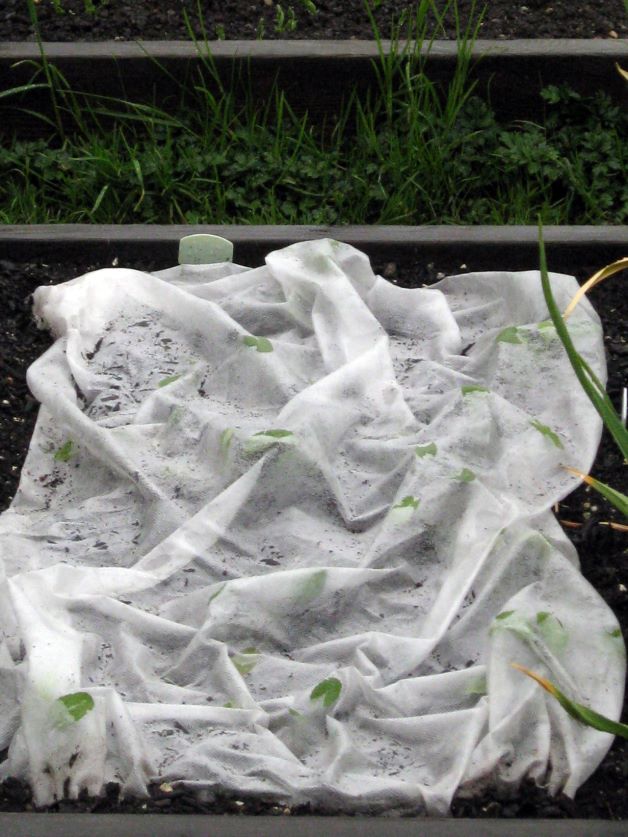
It’s worth mentioning it’s important to remove your frost blanket when the temperature heats up the next day. Leaving your plants covered may cause too much humidity to build up, and this is a surefire way to contract fungal disease. Also, some people use garbage bags or bubble wrap instead of frost blankets and although that’ll work in a pinch, plastic doesn’t allow for airflow, which can be damaging to your plants.
2. Give your plants a little extra water
Soaking the ground the day before a frosty night is an almost free way to provide frost protection for a garden. Watering can help protect plants from frost in a couple of ways. First, water acts as an insulator around your plant’s root system. Also, under-watered, stressed plants are more fragile, making them more likely to suffer or die during a cold snap.
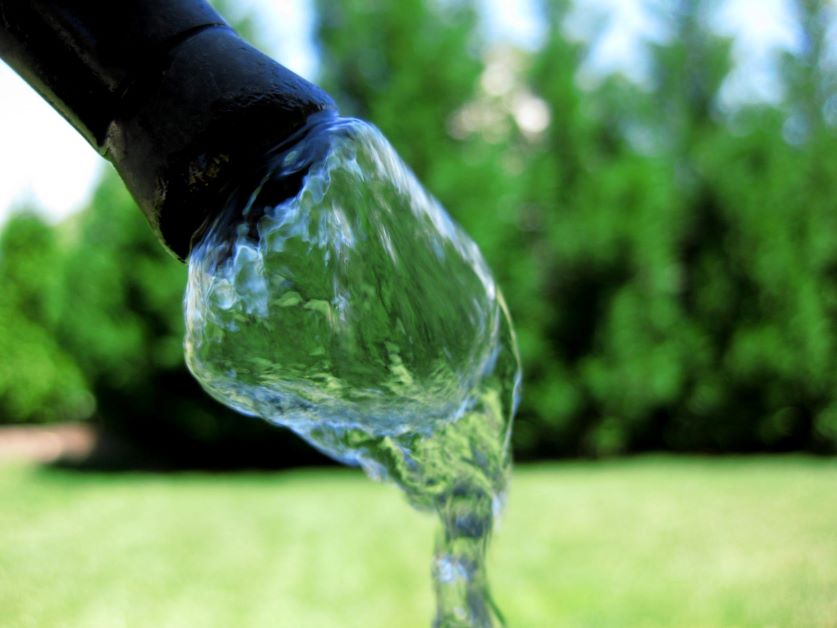
The morning before frost is predicted, soak your plants at the base and on the soil surrounding them. Don’t overwater your plants, but don’t be shy, either. Right before the sun sets, check your plants again and if they seem a little dry, give them more water until the ground is evenly moist.
Pro-tip! When watering your plants, take care to water the ground and not the plant itself. Getting too much water on the leaves of your plant encourages fungal disease.
3. String your garden with incandescent Christmas lights
Stringing your plants with Christmas lights is a beautiful and easy way to protect your plants from frost. It’s important, though, to use incandescent lights and not LEDs since LED lights don’t generate heat. Pair incandescent lights with your frost blanket for even more protection.

4. Use a cold frame
A cold frame is a box without a bottom that you place over the top of your plants. A cold frame is more expensive than a frost blanket, but they can be more convenient for gardeners in North Florida because you don’t need to put them out every time the weather calls for frost. Instead, leave your cold frame out during the coldest weeks or months of the year, keeping the lid open during the day and closed at night.

5. Set up a portable greenhouse
Like cold frames, portable greenhouses are a good choice for gardeners that have quite a few touches of frost throughout the winter — they aren’t permanent, but you don’t need to set them up and break them down every time it gets extra cold. I like to use a portable greenhouse for my sensitive potted plants so I don’t have to drag them indoors several times over the winter.

6. Make a hoop house
Hoop houses are best for gardeners who need to frost protect plants that are in long rows. Not only is it cheap to make your own hoop house, but you can customize them to fit your specific garden bed.
7. Grow with the season
Perhaps the easiest way to protect a garden from frost in Florida is to grow with the season rather than against it: know your USDA hardiness zone, check the UF-IFAS Florida gardening calendar, and plant the best winter vegetables to grow in Florida.
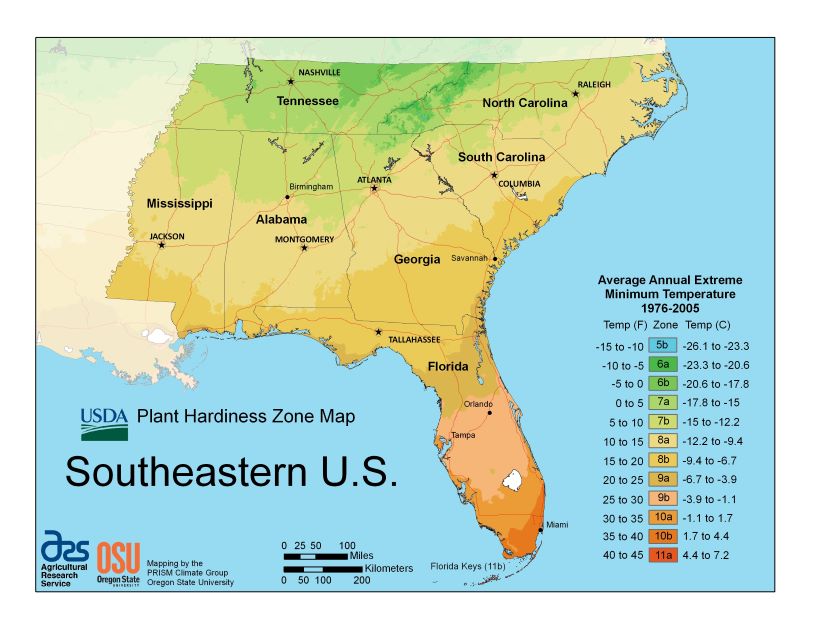
Featured image photo credit: Cybershot Dude

